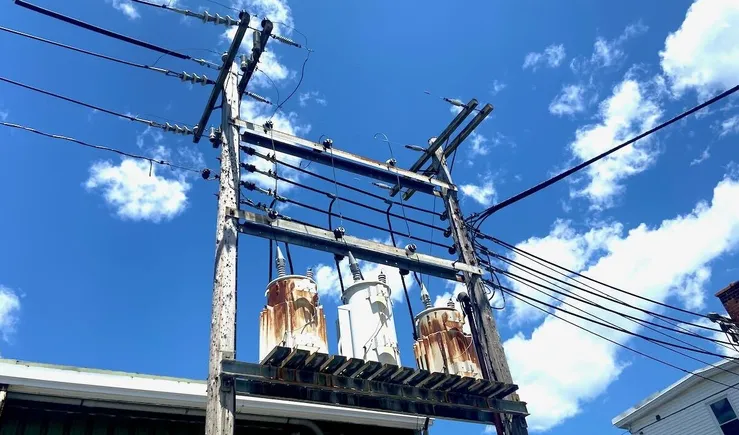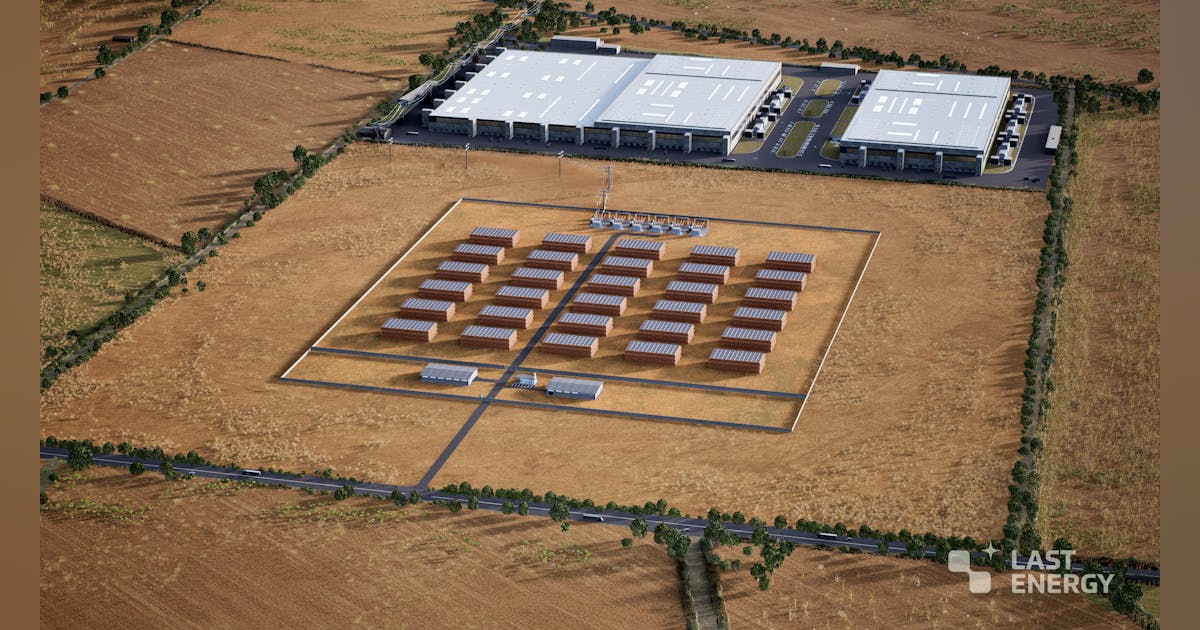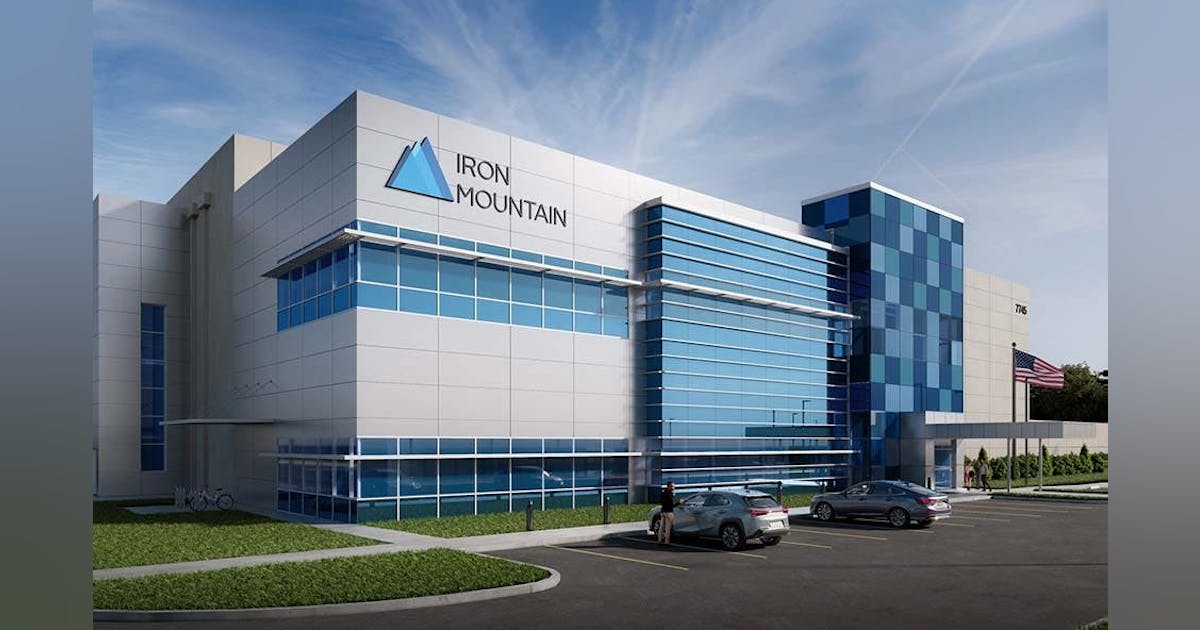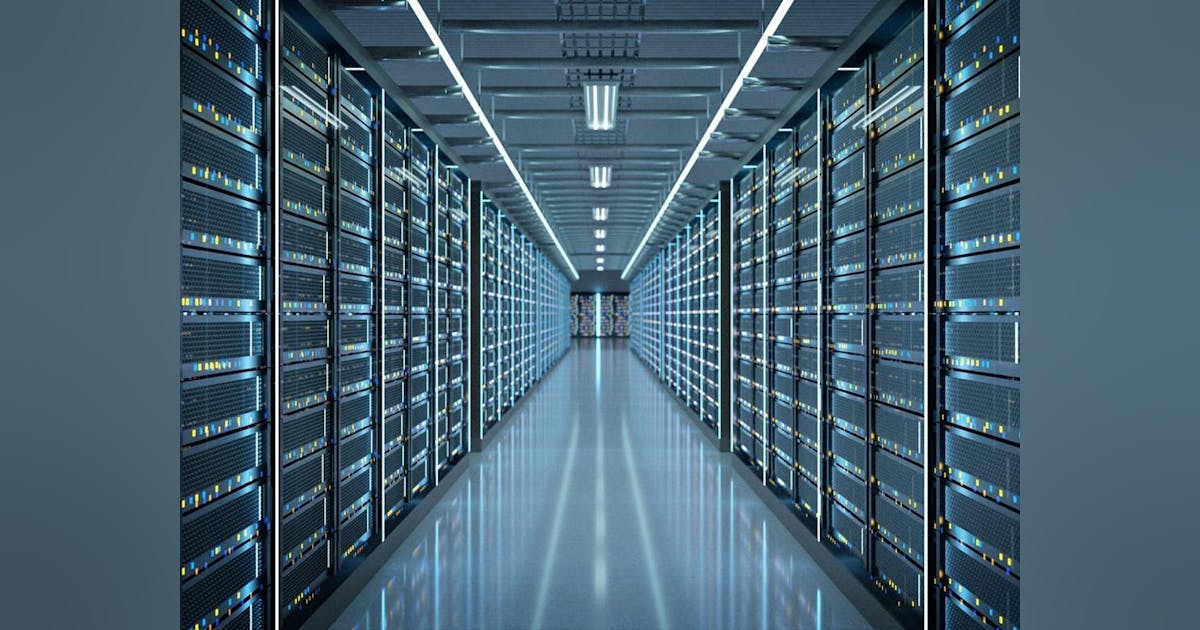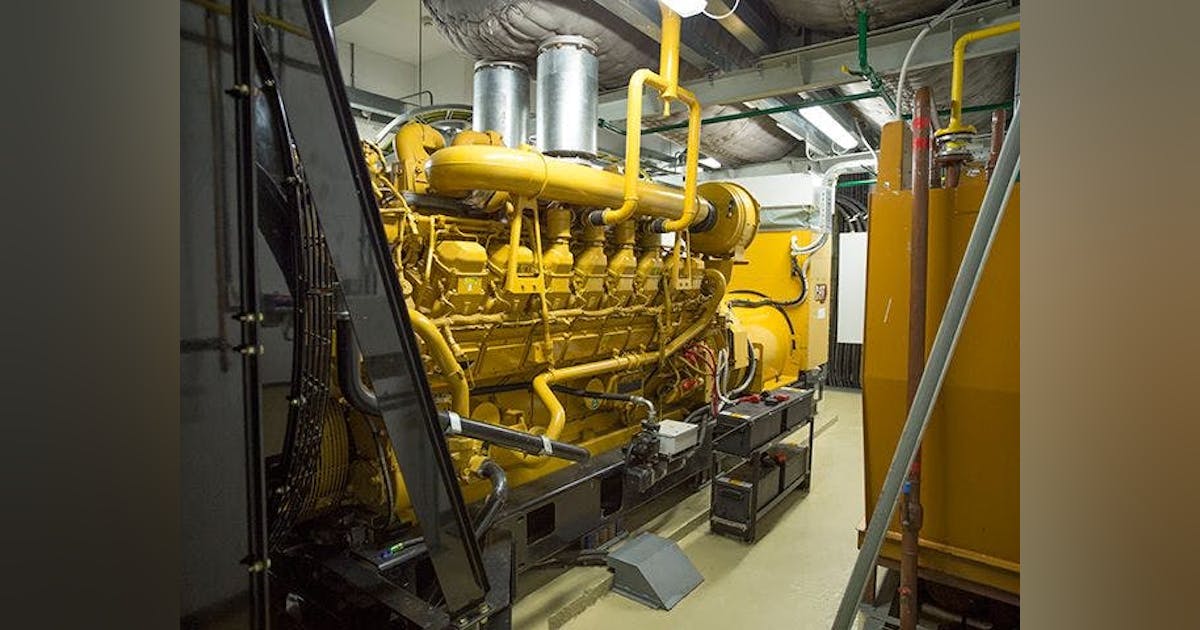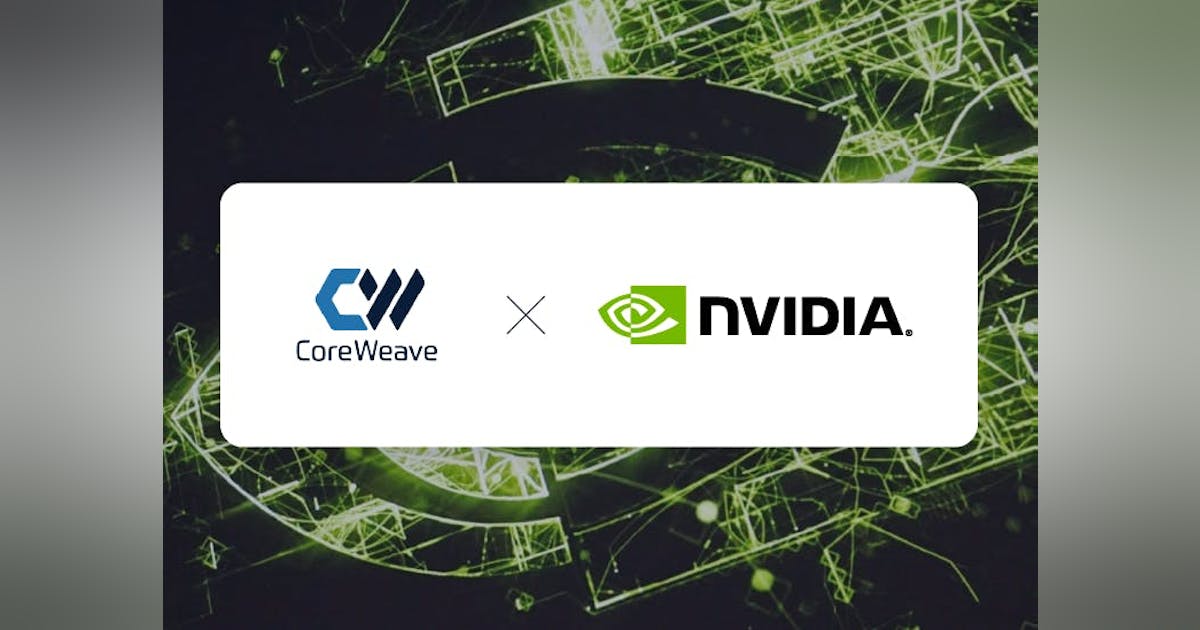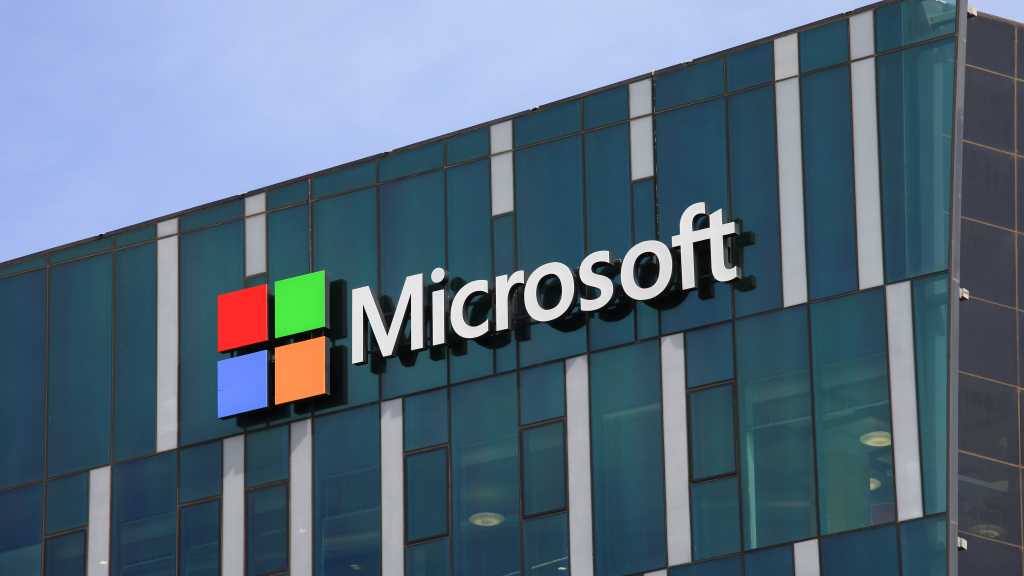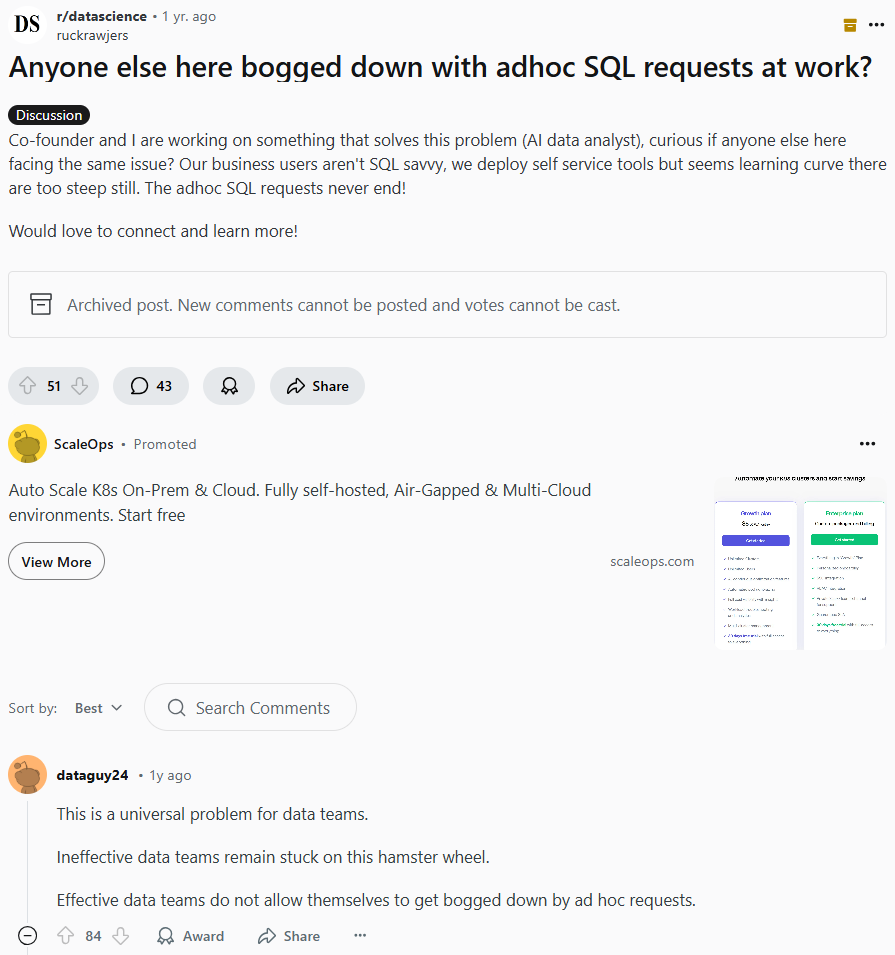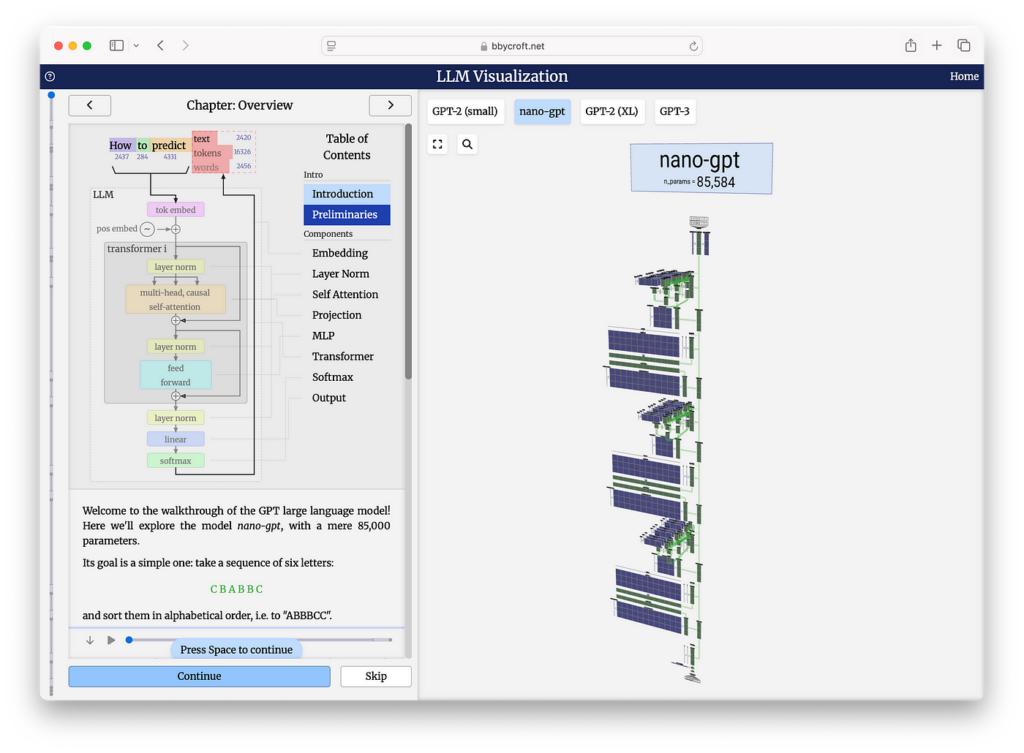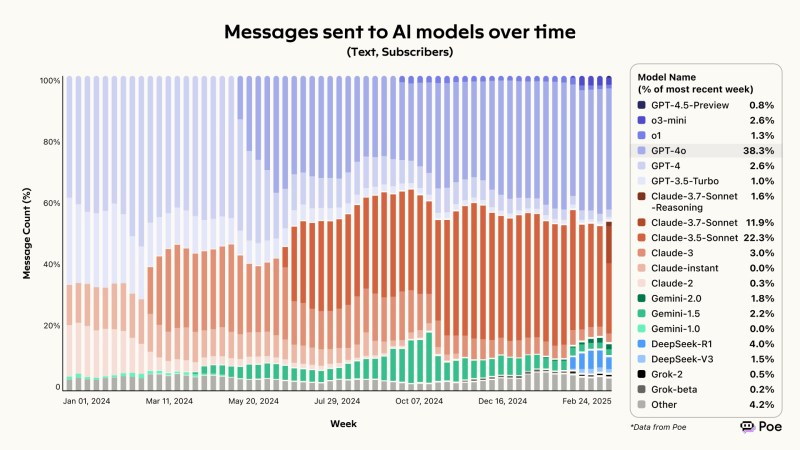Join our daily and weekly newsletters for the latest updates and exclusive content on industry-leading AI coverage. Learn More
We’ve been hearing a lot about AI agents — tools powered by generative AI models that can perform actions without much human supervision or intervention.
But they still remain largely a novel curiosity for most people, and as far as we can tell, very few people are trusting AI agents to buy or enter contracts on their behalf — for now.
GenLayer, a startup just out of stealth, believes it has a technology that will provide the missing “trust” component to the AI agent economy.
GenLayer’s idea is a blockchain-powered infrastructure that allows AI agents to draft contracts, settle payments and execute agreements autonomously.
Last fall, the company announced it had raised $7.5 million from notable investors, including Arthur Hayes (Maelstrom), Arrington Capital and North Island Ventures, to bring this vision to life.
How to make AI agents trustworthy to people — and to one another
AI agents are already proving their ability to analyze data, make deals and manage assets, but there’s a fundamental problem: They don’t inherently trust each other. Unlike humans, AI agents don’t fear lawsuits or reputational damage — so how do they enforce agreements?
Albert Castellana, CEO of YeagerAI (the company building GenLayer), sees this as a critical flaw in today’s AI development.

“Even in a situation where you have agents that can do commerce between themselves, how do they trust each other?” Castellana said in a recent interview with VentureBeat. “AI doesn’t sleep, AI works globally, AI cannot go to jail. The legal system will have a big issue dealing with that type of situation.”
Traditional smart contracts, which power blockchain-based transactions, are too rigid for AI-driven commerce.
They can’t process unstructured data, understand complex language or adapt to real-world changes.
GenLayer wants to upgrade smart contracts into “intelligent contracts” — more flexible, AI-powered agreements that function much like human contracts.
Unlike traditional blockchains that require external oracles to access off-chain data, GenLayer integrates AI directly at the protocol level. Intelligent contracts can natively fetch live web data, process natural language inputs and reason about complex, real-world conditions — all without relying on third-party services.
“Blockchains allow for self-enforcing contracts, but they have limitations,” Castellana explained. “They can’t connect to the outside world, they can’t understand unstructured data. But AI needs contracts that are much more like human contracts — fast, cheap and adaptive.”
GenLayer solves this with “optimistic democracy, an AI-driven consensus model where multiple validators — each using different large language models (LLMs) — vote on whether an AI-generated contract or decision is valid. This ensures that no single AI model has control and prevents manipulation.
“We’ve created a blockchain where validators, even if they get different responses from AI or the internet, can still reach consensus,” said Castellana. “It’s basically a court system for the future of commerce.”


How GenLayer’s approach works
At its core, GenLayer operates as an AI-native trust layer — an independent system that ensures AI agents operate fairly in financial transactions, contract execution and dispute resolution.
Key features include:
- Intelligent contracts: AI-powered agreements that process natural language and access live web data.
- AI-driven decision-making: A consensus model where multiple AI models vote on outcomes to ensure reliability.
- Optimistic democracy: A blockchain-based governance model that prevents AI manipulation by using decentralized decision-making.
- On-chain and off-chain interoperability: The ability to connect smart contracts with real-world data and internet sources.
- ZKsync integration: Scalability, low costs and Ethereum-level security.
At the heart of GenLayer is “optimistic democracy,” an enhanced delegated proof of stake (dPoS) model that integrates AI directly into blockchain validation. Instead of relying on deterministic logic, validators connect to LLMs to process natural language, interpret data and execute complex decisions on-chain.
When a transaction is submitted:
- A leader validator processes the request and proposes an outcome.
- A set of validators recompute the transaction independently, validating the leader’s proposal.
- If the majority agrees, the transaction is finalized. If not, a new leader is selected, and the process repeats.
This mechanism prevents manipulation and ensures AI-generated decisions are backed by consensus rather than a single entity’s judgment.
Inspired by Condorcet’s Jury Theorem — an 18th-century mathematical and political science theory by the Marquis de Condorcet that says a jury is more likely to reach a correct decision with more participants — the system aggregates AI outputs across multiple validators, ensuring fairness and reliability even for non-deterministic tasks like interpreting legal contracts, verifying supply chain data or setting dynamic pricing models.
The approach is described in a whitepaper published by GenLayer’s three co-founders — Castellana, José María Lago and Edgars Nemše. You can find it embedded below.
Why GenLayer thinks its moment has arrived
The race to create autonomous AI businesses is accelerating. Companies like OpenAI are rolling out AI agents that can work independently, but they still rely on slow, human-driven legal and financial systems.
“AI won’t wait for lawyers,” Castellana emphasized. “If we want AI to participate in the economy, we need infrastructure that matches its speed.”
Other startups are tackling AI-agent transactions — such as Skyfire and Pin AI — but GenLayer takes a different approach. Instead of focusing on building AI agents themselves, GenLayer is creating the trust layer that enables them to transact.
“There are 100 startups working on AI agents,” said Castellana. “But trust requires a third party. We’re building that third party — the infrastructure that makes AI commerce possible.”
To incentivize validators and cover the costs of executing Intelligent Contracts, GenLayer introduces a native gas token called GEN. Users pay transaction fees in GEN, which are then distributed to the validators as a reward for their services.
This approach ensures that AI-driven transactions remain fast, low-cost and self-sustaining. Additionally, GenLayer’s token-based staking model aligns incentives by rewarding honest validators and penalizing bad actors through slashing mechanisms.
What’s next?
GenLayer’s testnet is launching early projects focused on:
- AI-run supply chains that autonomously negotiate logistics.
- AI-powered influencer marketing where payments are performance-based.
- Decentralized finance applications that use AI for trade execution.
- Autonomous decentralized autonomous organizations (DAOs) that adjust governance based on real-time community feedback.
- AI-powered insurance and lending that adapt terms based on external risk factors.
The company will showcase its technology at the Ethereum Community Conference (EthCC8) taking place June 30-July 3 in Cannes, France.
The AI economy is coming — but without trust, it won’t scale. GenLayer is betting that AI-driven contracts, enforced on the blockchain, will be the foundation for a trillion-dollar machine-driven marketplace.
“We are building the legal framework for global AI commerce,” said Castellana. “This is about enabling AI to work together, not just faster, but with trust.”
Daily insights on business use cases with VB Daily
If you want to impress your boss, VB Daily has you covered. We give you the inside scoop on what companies are doing with generative AI, from regulatory shifts to practical deployments, so you can share insights for maximum ROI.
Read our Privacy Policy
Thanks for subscribing. Check out more VB newsletters here.
An error occured.







